
The study suggests that overall, migraine is not directly related to traditional CVRFs, and further research is needed, especially in younger populations, to explore these relationships over longer periods.

The study suggests that overall, migraine is not directly related to traditional CVRFs, and further research is needed, especially in younger populations, to explore these relationships over longer periods.

Peter Vanderklish, PhD, chief science officer at Spingogenix, commented on a recently initiated phase 2 trial assessing investigational SPG302, a synaptic-regenerative agent in development for Alzheimer disease.

The panelists provided clinical insight on the utilization of IPX203, its potential benefits and clinical implications, as well as the practicalities of transitioning patients from other therapies.
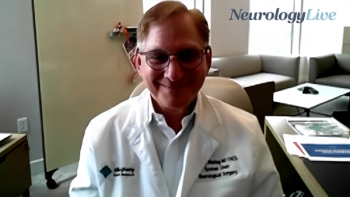
The chair of Allegheny Health Network’s Neurosciences Institute talked about its comprehensive center that integrates multidisciplinary resources and technology to provide quality care for patients with chronic neurologic conditions. [WATCH TIME: 5 minutes]
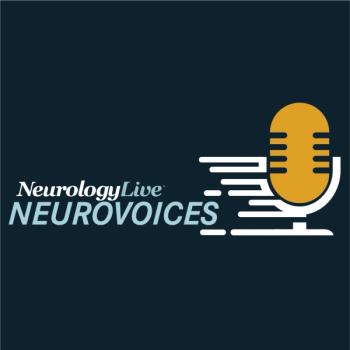
The CEO and cofounder at Advanced Brain Monitoring talked about a study presented at AAIC 2024 that explored the use of EEG biomarkers to differentiate between Alzheimer disease and frontotemporal dementia.

The panelists discussed the safety profile of IPX203, considering challenges with transitioning, dosing strategies, and monitoring and adjusting patients’ individual dosage.

In honor of Spinal Muscular Atrophy (SMA) Awareness Month, Abraham Homer, MS, the gaming technology supervisor and creative technologist at Children's Hospital Colorado, shared how virtual reality transformed care for patients with SMA.

Dr. Hauser and Dr. Fernandez provided insight on the body of supportive evidence for IPX203, the notable takeaways from RISE-PD, and the long-term benefits observed from treated patients.
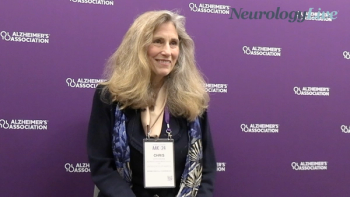
The CEO and cofounder at Advanced Brain Monitoring talked about how the early diagnosis of frontotemporal dementia is often mistaken for Alzheimer disease, but advancements in neuropsychological assessments and biomarker identification may improve accuracy. [WATCH TIME: 4 minutes]

AOC 1044, an investigational antisense oligonucleotide treatment for patients with Duchenne muscular dystrophy, has previously been granted orphan drug and fast track designation by the FDA.

IPX203 combines immediate and extended-release levodopa, utilizing advanced delivery technology to optimize absorption and prolong therapeutic effects in patients with Parkinson disease.

Medtronic's asleep DBS approval could expand treatment options for patients unable to tolerate awake surgery, enhancing access to deep brain stimulation therapy.

In this opening segment, Hauser and Fernandez discussed the FDA approval of IPX203, a new long-acting levodopa formulation for Parkinson disease, highlighting its significance in improving treatment options and patient compliance.
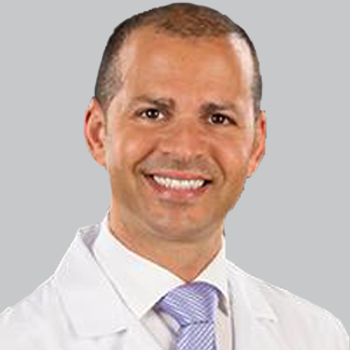
The drug showed a highly favorable pharmacokinetic profile, with maximal concentrations (Tmax) achieved within 1.5 to 2 hours and a mean terminal elimination half-life ranging between 8 to 12 hours.

A pair of neurologists from the University of Miami Miller School of Medicine provided insight on the various ways deep brain stimulation has changed and the potential treatment opportunities that lie ahead. [WATCH TIME: 4 minutes]

Here's some of what is coming soon to NeurologyLive® this week.

Epstein-Barr Virus-specific T cells in multiple sclerosis (MS) showed significant autoreactivity to central nervous system antigens, indicating a potential mechanism for MS-related damage.

The CEO and cofounder at Advanced Brain Monitoring discussed using EEG-based biomarkers to identify early markers that predict cognitive decline and aid in differential diagnosis for neurodegenerative diseases. [WATCH TIME: 4 minutes]

Test your neurology knowledge with NeurologyLive®'s weekly quiz series, featuring questions on a variety of clinical and historical neurology topics. This week's topic is on care of idiopathic hypersomnia.

Results from a survey study suggest the burden of epilepsy is high in sexual and gender minority patient populations, who already experience high risk of stigmatization, discrimination, and poor health outcomes.

Early use of Ceribell’s POC-EEG system significantly improves detection of nonconvulsive seizures, reduces ICU length of stay, and enhances patient outcomes compared to conventional EEG.
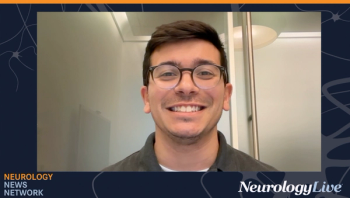
Neurology News Network. for the week ending August 10, 2024. [WATCH TIME: 4 minutes]
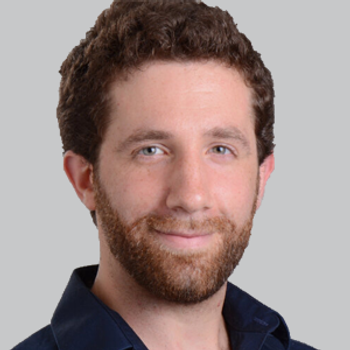
Results showed that the DAAE Score performs well, with consistent risk estimates across the derivation (JMSC), internal-validation (JMSC), and external-validation (MSCA) dataset across treatment centers internationally.

Take 5 minutes to catch up on NeurologyLive®'s highlights from the week ending August 9, 2024.

Located at Allegheny General Hospital in Pittsburgh, the center’s multidisciplinary team treats everything from Cushing’s disease and acromegaly, to prolactinoma and craniopharyngiomas, and more.

A recent trial showed that post-stroke patients using a socially assistive robot (SAR) for upper-extremity rehab achieved significant motor function improvements, with 100% meeting or exceeding minimal clinical improvements.
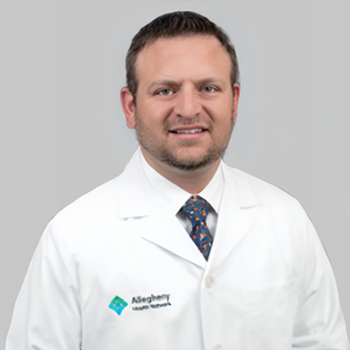
AHN Neuroscience Institute brings two novel interventions to chronic low back pain (CLBP) patients who are not eligible for traditional spine surgery.

Mind Moments®, a podcast from NeurologyLive®, brings you an exclusive interview with Phil Jochelson, MD. [LISTEN TIME: 20 minutes]

Scholar Rock's TOPAZ phase 2 trial shows sustained motor function improvements in SMA patients treated with apitegromab over 48 months, with phase 3 results expected soon.
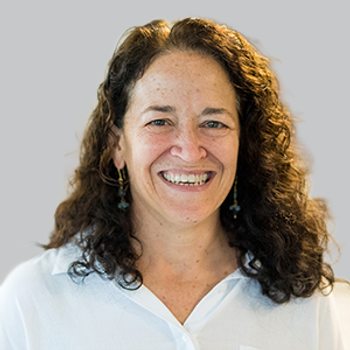
Long-term treatment with Clene Nanomedicine’s CNM-Au8 was associated with improved survival among patients with amyotrophic lateral sclerosis from 2 clinical trials.